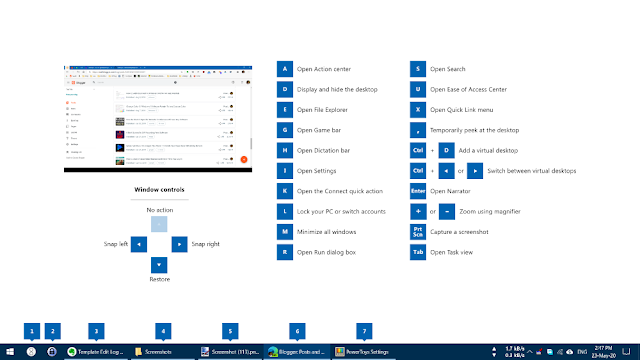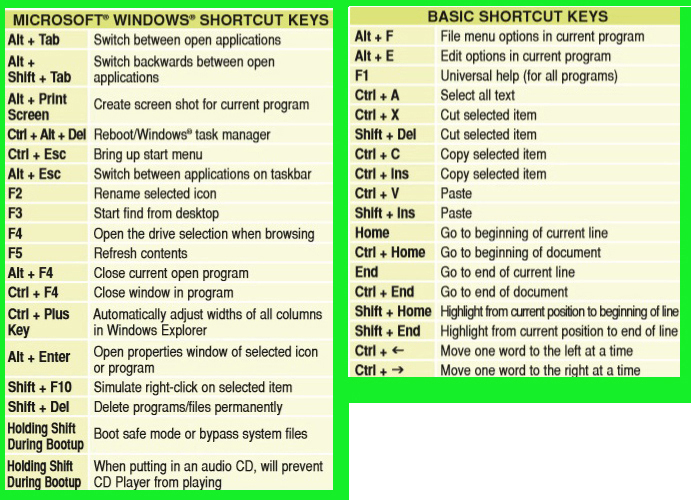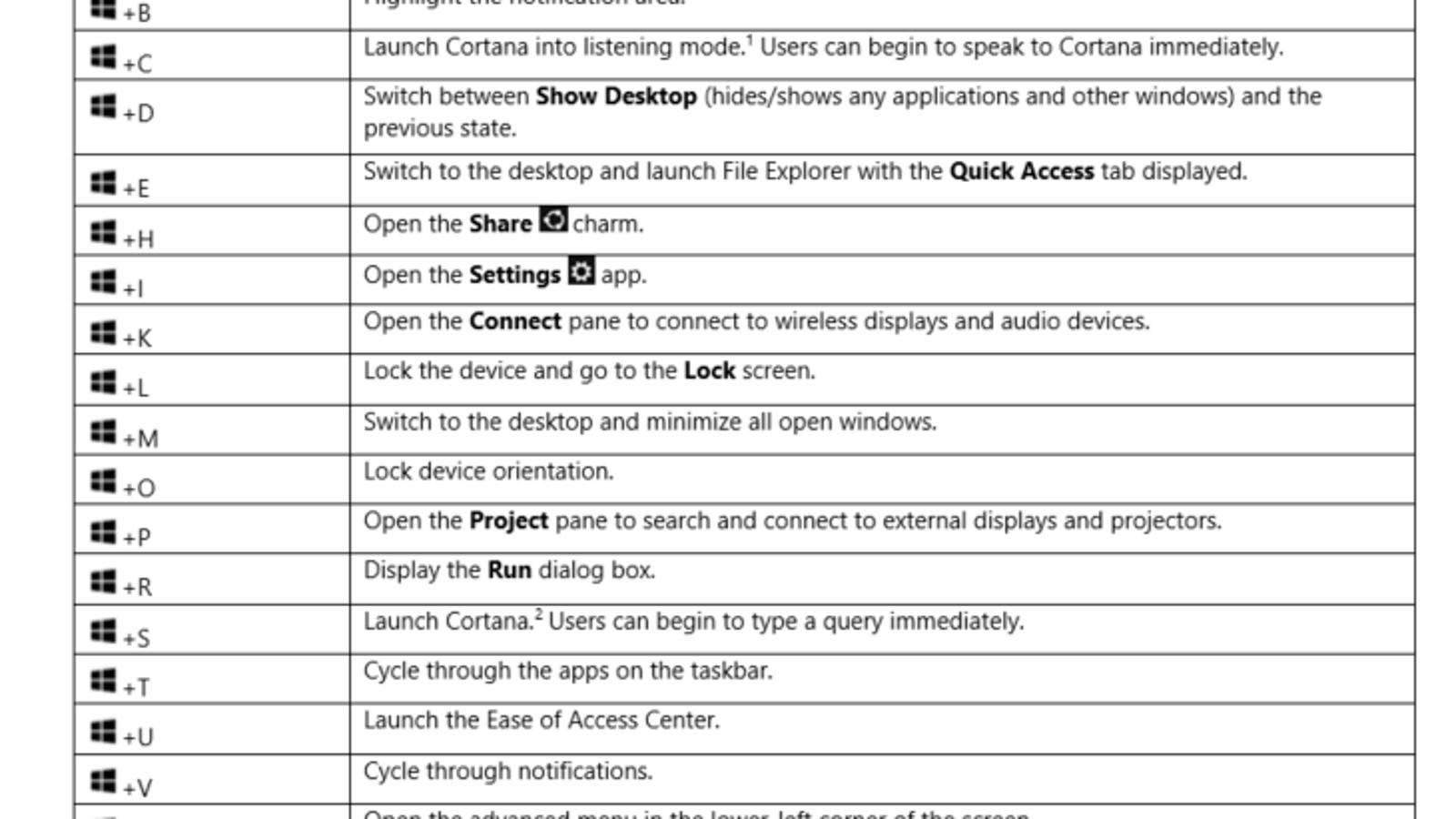

The icon should show up on the taskbar immediately after clicking “add to taskbar”.

Click the menu option that says “more” followed by “add to taskbar”.Right click the name/icon for the desired program.Here is how to create custom keyboard shortcuts in Windows: If the desired program is not on the task bar on the bottom of the screen: Most Windows programs will support the creation of custom keyboard shortcuts, as long as the program is first pinned to the taskbar at the bottom of the screen. Choosing A Computer Mouse With Low Vision.Personally, I decided to create custom keyboard shortcuts for myself because I have fluctuating eyesight and want to make sure I can use my computer no matter how poor my vision is.

In my friend’s case, we decided to create keyboard shortcuts because they rely on a magnification program to access their computer and many icons look similar to each other.
Having a back-up option in case someone can’t find an icon. Encourages independence and allows users to find programs easily. More efficient- no need to search for icons. There are many benefits to creating your own custom keyboard shortcuts in Windows. Why create custom keyboard shortcuts in Windows? Computer Lab Accommodations For Low Vision Students. Low Vision Accessibility Settings For Windows 10. This post was developed using Windows 10. Today, I will be sharing how and why to create custom keyboard shortcuts in Windows and how they can help people with low vision and blindness with opening their most-used programs. I was happy to help, and within a few minutes we had created shortcuts for all of their favorite programs. They were telling me that with their low vision, it can be difficult to locate icons, and they wanted to be able to use their computer without a mouse whenever possible. Here are some of the new shortcuts you might want to learn to be a Windows 10 power user.Yesterday, I was helping my friend set up their new computer and they asked me how to create custom keyboard shortcuts in Windows. Windows 10 utilizes many of the shortcuts that were present in previous operating systems such as Ctrl + C to copy, Windows Key + M to minimize all windows, Alt + Tab to toggle between open windows, Windows Key + L to lock the screen, and Ctrl + A to select all. These shortcuts can save you many clicks and a lot of time. Shortcuts, as the name implies, are key combinations that you can press on your keyboard to perform semi-complex actions.







 0 kommentar(er)
0 kommentar(er)
